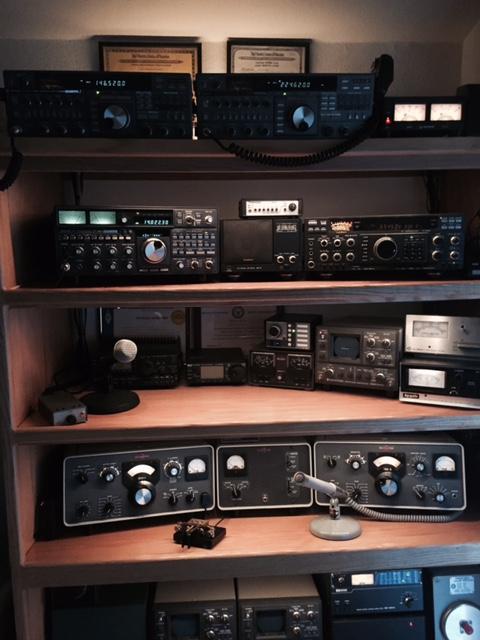- Replies 30
- Views 5.8k
- Created
- Last Reply
Top Posters In This Topic
-
2000Ram2500 10 posts
-
Mopar1973Man 5 posts
-
W-T 5 posts
-
JAG1 4 posts
Most Popular Posts
-
Since we are sharing electrical problems... both my trucks suddenly had very slow wipers about the same time on my 01 and the 02. They also sit out all winter so what I found was the electrical ground
-
Have you tried driving up and down that area of road, with the Edge comp box disconnected, to see what happens. If it is some type of electronic interference emanating in that area you may have to sh
-
Hey Neal, the aspects of RF follow strict engineering guidelines and a little black magic in practice. The commercial Broadcast frequency allotment for AM (amplitude modulation) falls in the spectrum










As best I can describe it, if anyone has been driving a car when the catalytic converter melts down or plugs up the engine gets generally sluggish and struggles under its own weight. Throttle works but no not really because its just bogging it further in a sense.
Or how about those of us with Edge tuners who take off driving before it loads and you get that sudden burst of power when it does start working. That sudden contrast between no tune and tune. However in my case only 200 yards prior i was running the tune and it just suddenly fell on its face then as i said its a sudden burst of power when it clears up.
I hope that description makes sense because its what my entire issue is but i'll explain it specifically here and just refer to it as "symptoms" to save some typing
I have to pass by a particular factory very frequently. Its the main road through town and my route to work or stores unless i take the back way or long way. As i approach this segment of road that these "symptoms" occur for, (haven't measured it exactly but maybe a few hundred yards or so), my edge tuner is typically at level 4 with the boost compensation backed off or level 5 if im in a mood, regardless of load you can feel that level. Suddenly i get those "symptoms". Throttle works. No lights or anything out of the ordinary. I make it that short distance up the road and depending on where my foot is even in level 4 with the boost comp backed off it'll usually dump a little smoke and then back to normal as if nothing happened.
I bought this truck in 2016 when i lived in california. maintained it in arizona. still have it in florida. i've literally crossed the country and can solemnly swear this is the only place this has ever happened to the truck. the factory iteslf isnt necessarily close to the road. the nearest power transfer station is about 3/4 of a mile away. no cell towers that im aware of. there is the helicopter field but my house is much closer to the field than this segment of road is. the only other businesses in proximity is a handful of restaurants and stores and i think a parts house and a oil change place and a carwash.
I did the W-T mod years ago and even changed the diode if im not mistaken. I've taken care to make sure my batteries are all kept in good shape. APPS is weeks old. There was even a year period of time when the truck was down and it was acting up then too. Happens on both sides of the road but not every single time just 50/50 probably.
I thought APPS but its done it with at least 3 different sensors from 3 different companies (OE, Pensacola Fuel Injection, Oreillys Standard ignition currently).
Im not exactly expecting results so much as im sharing in hopes someone has some sort of clue because i absolutely do not have any idea what would cause something like this outside of some sort of interference violations i mean this is just weird to me. Im not saying im jumping for a lawyer at all its just one of the weirdest things ive encountered and ive seen some pretty wild complaints having been in dodge dealerships for so long